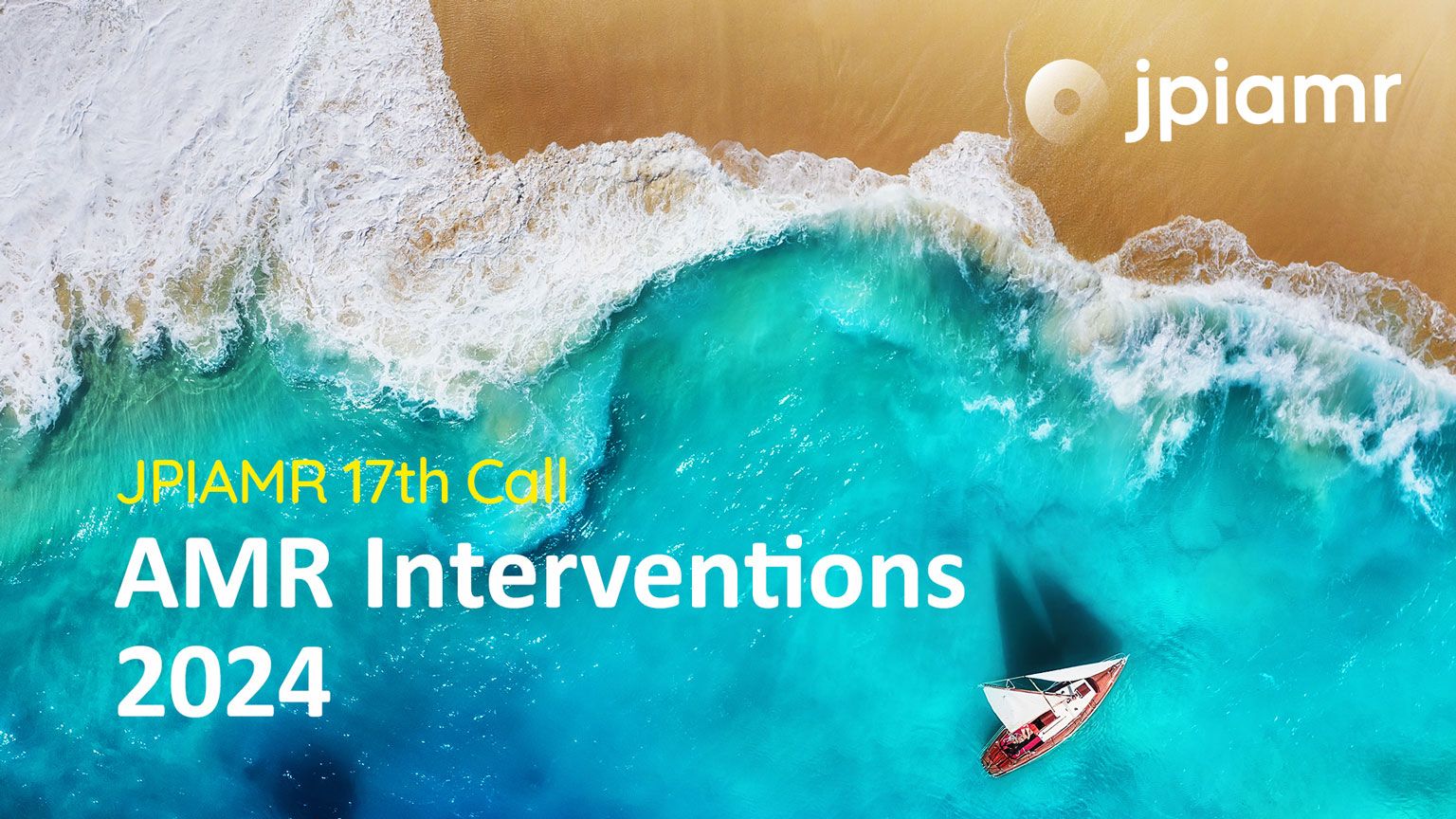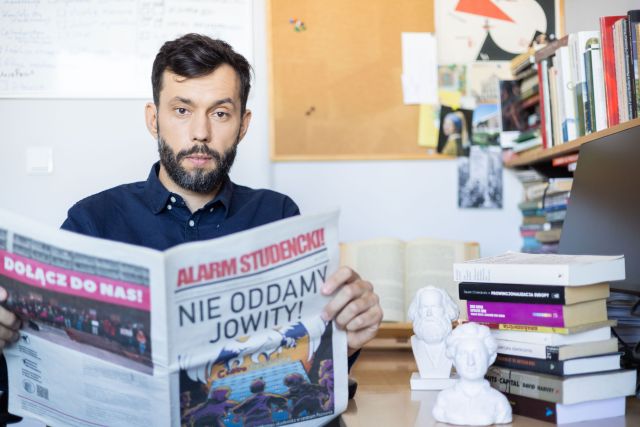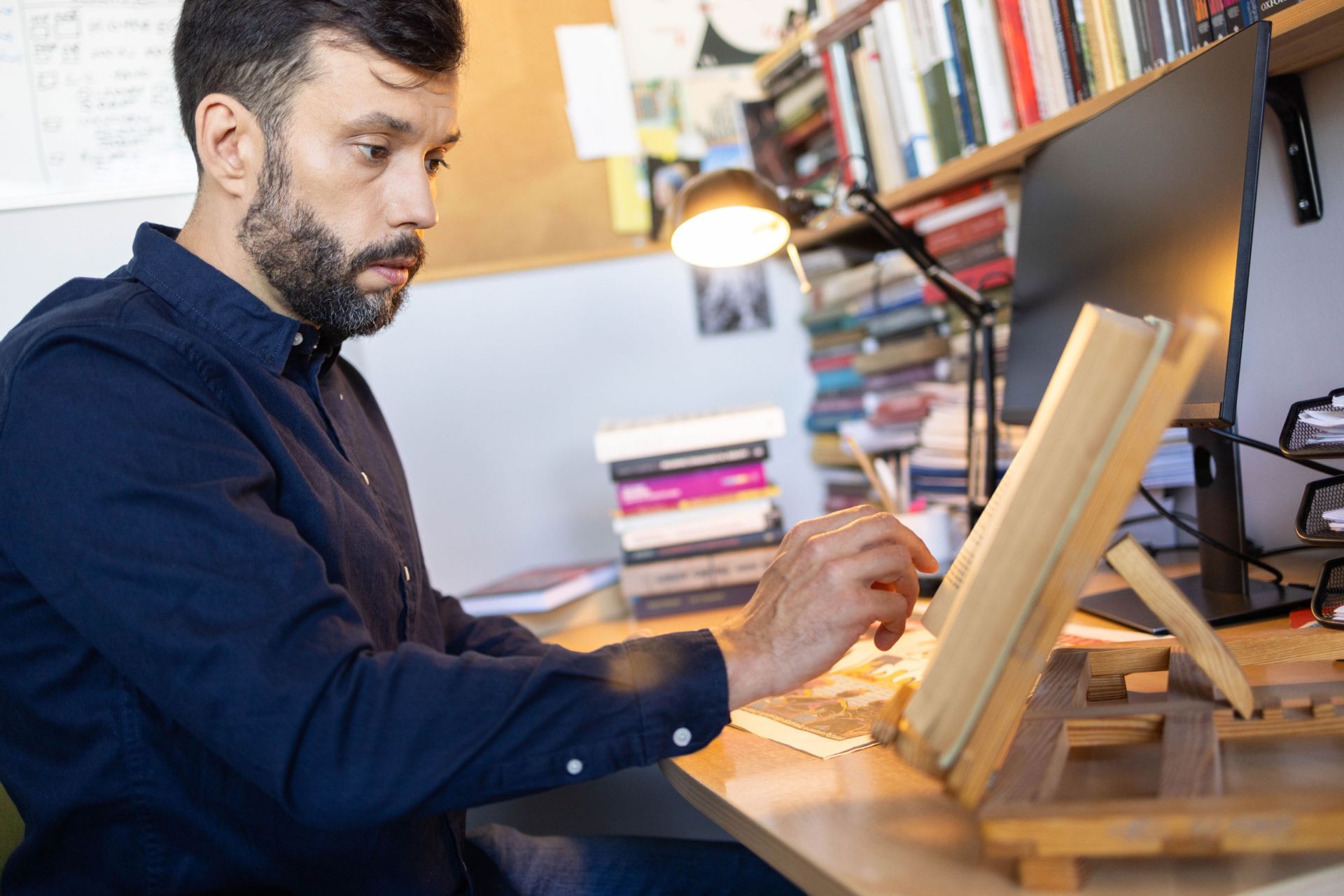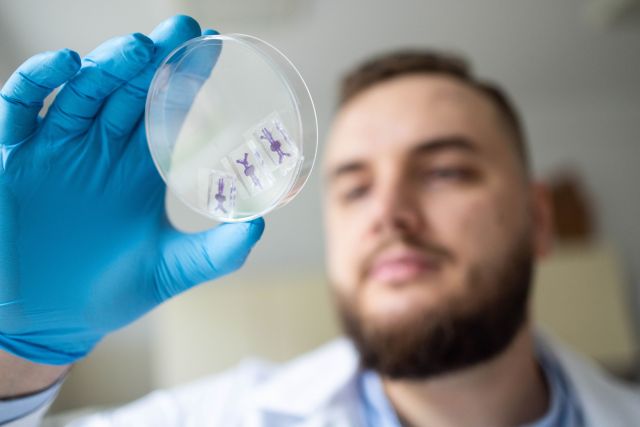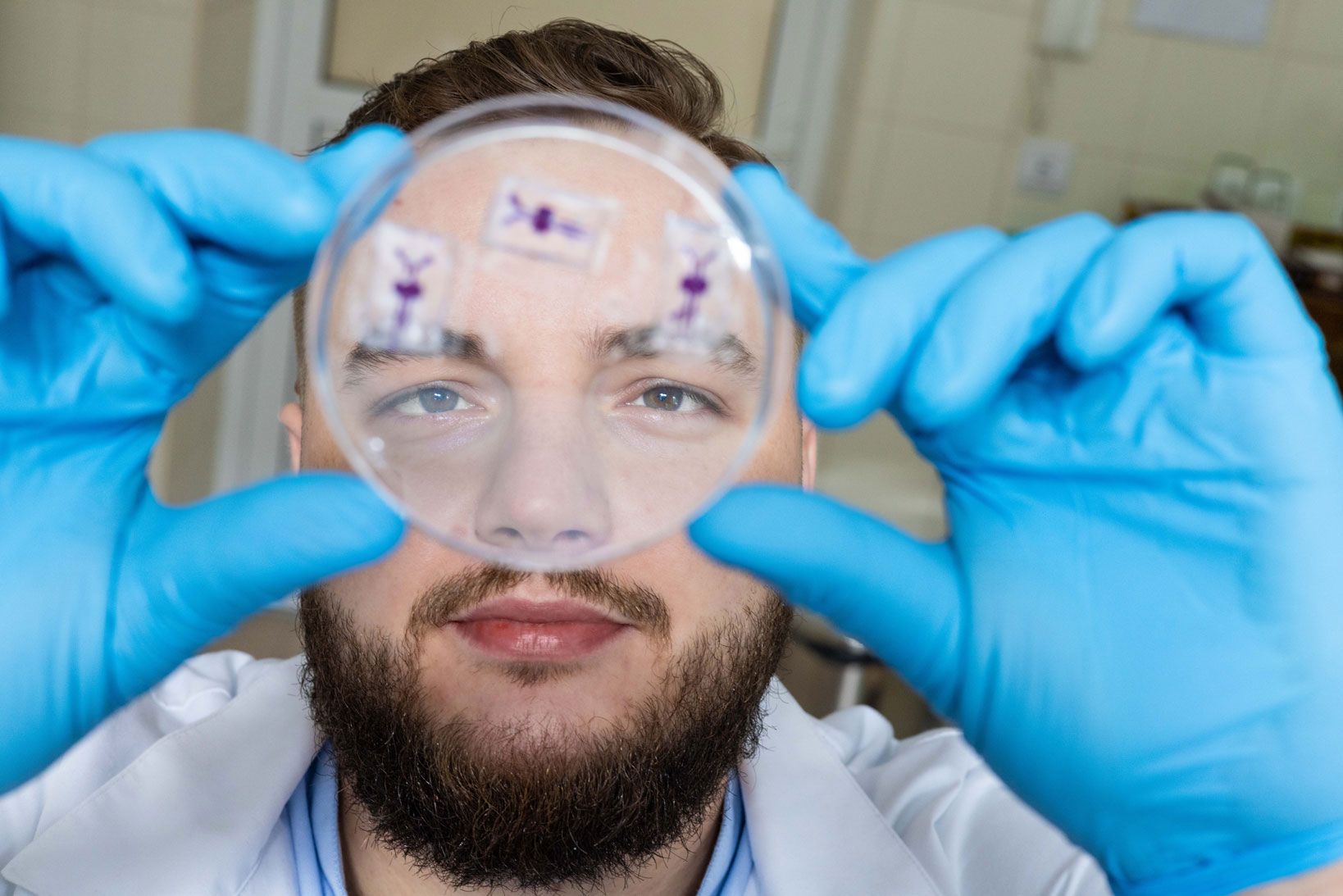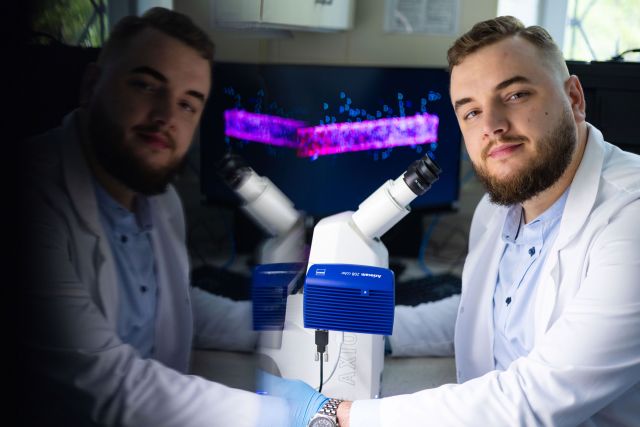21 more Polish teams will conduct their research in tandem with German, Slovenian, Austrian and Czech partners under the OPUS 24+LAP/Weave scheme. The NCN has slated a total of more than 33.7 million zlotys in funding for their projects. Meet the latest winners.
Of all calls in the NCN portfolio, OPUS has the broadest formula, targeting researchers at all stages of their academic career. In its 24th round, researchers working at Polish research institutions could win funding not just for domestic research projects, but also wider international ventures based on the Lead Agency Procedure (LAP). Under LAP, they could plan their research in cooperation with teams from Austria, Czech Republic, Slovenia, Germany, Switzerland, Luxembourg or Belgium-Flanders.
As the Lead Agency in the programme, the National Science Centre was responsible for the full merit-based evaluation of all proposals, which then had to be approved by international partner agencies. The Polish teams will be funded by the NCN, while their partners’ funding will come from their respective institutions in Germany, Slovenia, Czech Republic and Austria.
Bi- and trilateral projects
The ranking list features 13 bilateral projects with Germany, 5 bilateral projects with Slovenia, and 3 trilateral projects: Polish-German-Austrian, Polish-Slovenian-Austrian, and Polish-Slovenian-Czech, in different research disciplines: 3 in Arts, Humanities and Social Sciences, 5 in Life Sciences, and 13 in Physical Sciences and Engineering.
In Arts, Humanities and Social Sciences, Dr hab. Anna Horolets from the University of Warsaw has teamed up with Prof. Alexandra Nadine Schwell from the University of Klagenfurt and Prof. Saša Poljak Istenič from the Research Centre of the Slovenian Academy of Sciences and Arts to study the European policy of climate-neutrality for cities and its local interpretations. They will analyse which climate-change issues are seen as especially urgent in several cities that have joined the EU Mission 100 action, which aims to deliver 100 climate-neutral cities by 2030. The researchers will be following the process of transition toward climate neutrality in Warsaw, Klagenfurt and Lubljana. The NCN has awarded more than 1.2 million zlotys to the Polish part of the project.
In the Life Sciences panel, researchers from Poland and Slovenia will work on a project focused on the development of new therapies for inflammatory diseases. Chronic inflammation is involved in the pathogenesis of various disorders, such as arthritis, arterial sclerosis, irritable bowel syndrome, cancer and even depression. Dr hab. Anna Więckowska from the Jagiellonian University Medical College and Prof. Izidor Sosič from the University of Ljubljana will join forces to obtain the first-in-class anti-inflammatory PROTAC molecules that can degrade protein kinases TAK1 and IKKβ. The project was awarded more than 2 million zlotys in funding by the NCN.
Winners in Physical Sciences and Engineering include a Polish-German project to be hosted by the Nicolaus Copernicus Astronomical Center, PAS, headed by Dr. hab. Rodolfo Henrique Smiljanic, in cooperation with Prof. Norbert Christlieb from Heidelberg University. Entitled “The old Milky Way: a holistic approach for the accurate analysis of metal-poor stars”, this innovative project will try to identify the precise atmospheric parameters of metal-poor stars and their chemical composition. These findings will then help them reconstruct the properties of the first sources of chemical elements of stellar origin in the Universe. The budget of the Polish part of the project is more than 2 million zlotys.
Lead Agency Procedure – LAP
In the latest OPUS 24+LAP/Weave call researchers could request funding for projects conducted without international partners, as well as bilateral or trilateral LAP projects involving foreign cooperation or access to large international research equipment. The call was open to researchers at every stage of their academic career. LAP is a new proposal evaluation standard adopted by European research-funding institutions, designed to facilitate the funding proposal process for international research teams and streamline proposal review.
The domestic part of OPUS 24+LAP/Weave concluded in May. Ranking lists for partner countries under the LAP procedures are being successively published as their funding-agencies approve the results.
Decisions and their delivery
All the positive and negative decisions for OPUS LAP proposals recommended for funding under OPUS LAP in cooperation with German Research Foundation (DFG), Slovenian Research Agency (ARIS), DFG and the Austrian Science Fund (FWF), ARIS and the Czech Science Foundation (GACR) and ARIS and FWF were sent out today. The decisions of the NCN Director are served on the applicant electronically, to the e-mail address indicated in the proposal.
If the applicant is an entity referred to in Article 27 (1)-(7) and (9) of the Act on the National Science Centre, the decision will only be delivered to the Electronic Delivery Inbox (ESP ePUAP) provided in the proposal. If the applicant is a natural person and has listed an ePUAP address in the proposal, the decision will be sent to that address. Otherwise, a message will be sent to the applicant’s indicated e-mail account, containing a link from which the decision of the NCN Director can be downloaded.
The funding decisions of the Director of the National Science Centre are also communicated to the principal investigator and, if the applicant is a natural person, to the host institution indicated in the proposal.
If you do not receive a decision, please make sure that the address (ESP, ePUAP, e-mail) listed in your proposal is correct. If not, contact the person in charge of the proposal, as indicated in the OSF system.
 We have been talking about NCN’s extremely low budget for many months. Funding awarded to the NCN in no way meets the needs of the Polish scientific community. Less and less applicants receive funding for their research. The calls concluded in the nearest future will have a single digit success rate.
We have been talking about NCN’s extremely low budget for many months. Funding awarded to the NCN in no way meets the needs of the Polish scientific community. Less and less applicants receive funding for their research. The calls concluded in the nearest future will have a single digit success rate.
